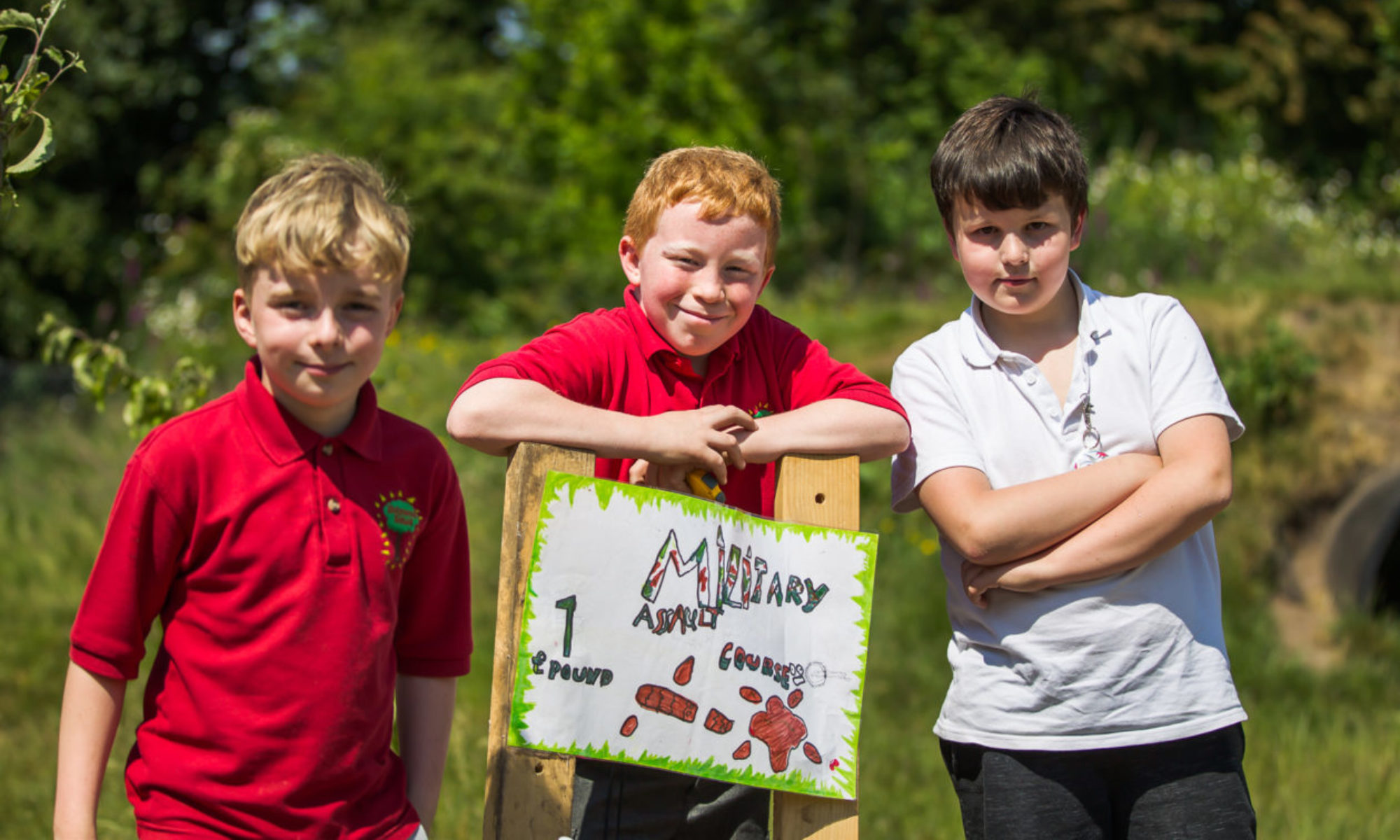To create the bowl part of your wooden spoon, you need to gouge out the wood. You can use your knife to do this, by making small ‘v’ shaped cuts but it takes a long time and leaves the ‘bowl’ quite rough and you will have to do quite a lot of sanding to get it smooth. I use a small gouge (a wood carving tool). 
I like to draw a perimeter, with a pencil, around the area I am going to gouge before I start. Rest the spoon against one of the blocks on the whittling seat and start to remove small areas of wood – make sure you do not dig too deeply as that could split and splinter the wood.
Gouge one way (this will create curls of wood in the centre of the spoon bowl). Turn the spoon around, resting the end of the handle against the blocks on the seat and gouge the other way.
Once you are satisfied that you have removed enough wood from the spoon bowl and you are happy with the shape, you can sand your spoon. I like to use Aluminium Oxide paper. I have a rough P80 paper and a finer P120 paper (the higher the number on the paper, the finer the texture of the paper). You can use whatever you have got though.
Sanding can be a slow process particularly the inside of the spoon bowl as it is a bit fiddly but it is worth it to get a nice smooth finish. 
Finally, rub some olive oil all over your spoon. Leave to dry and you are finished (this one is my spoon as my son hasn’t finished sanding yet).














 My daughter and I made some hot cross buns.
My daughter and I made some hot cross buns.









